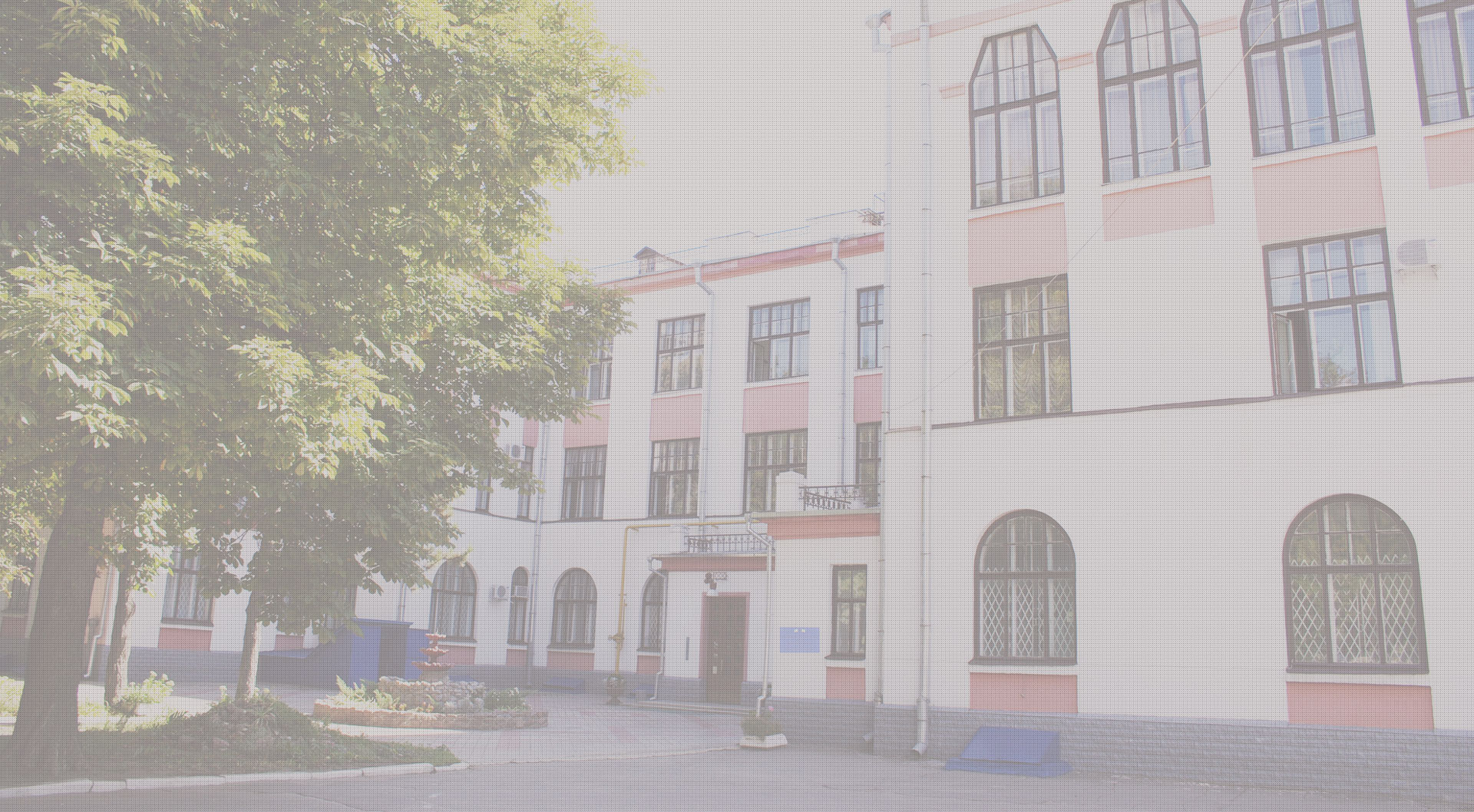Genetic material of the field isolate of bovine foamy virus was inoculated subcutaneously in rabbits (5 experimental and 5 intact animals). The influence of genetic material on the organism of experimental animals was studied at the molecular-genetic, cellular, and biochemical levels. It has been established that the persistence of the causative agent of spumavirus infection according to the results of molecular and genetic research (PCR) is 60 days. Redistribution of cells of leukocyte fraction towards lymphocytosis (80–88%) was recorded. Decrease in the concentration of circulating immune complexes by 22.2% (p ≤ 0.05) and a tendency to decrease in the seromucoid concentration (by 6.5%) were found on 60th day after infection compared with control indicators. At the end of the experiment it was established a statistically significant decrease in the concentration of circulating immune complexes and an increase in seromucoid level by 21.5% and 17.6% respectively, as well as a tendency to decrease in the level of globulins, which was 15.5%. The results of hematological and biochemical analysis indicate the development of immunosuppressive state under the influence of the inoculated material
Keywords: PCR, hematological and biochemical indicators, immunosuppression
Красникова Е. С. Эпизоотическая ситуация по вирусному иммунодефициту крупного рогатого скота в городе Саратове и Саратовской области. Вестник ветеринарии. 2011. № 4 (59). С. 70–71. URL: https://elibrary.ru/item.asp?id=17069902.
Romen F. W. et al. Serological detection system for identification of cows shedding bovine foamy virus via milk. Virology. 2007. Vol. 364, No. 1. P. 123–131. DOI: https://doi.org/10.1016/j.virol.2007.03.009.
Murray S. et al. Expanded tissue targets for foamy virus replication with simian immunodeficiency virus-induced immunosuppression. Journal of Virology. 2006. Vol. 80, No. 2. P. 663–670. DOI: https://doi.org/10.1128/JVI.80.2.663-670.2006.
Pamba R., Jeronimo C., Archanbault D. Detection of bovine retrospumavirus by the polymerase chain reaction. Journal of Virological Methods. 1999. Vol. 78, No. 1–2. P. 199–208. DOI: https://doi.org/10.1016/s0166-0934(98)00179-7.
Колотвин В. В. Вирус иммунодефицита крупного рогатого скота: индикация инфекции и распространённость в хозяйствах Российской федерации: автореф. дис. … канд. биол. наук: 03.00.23, 16.00.03 / Всерос. науч.-исслед. ин-т эксперим. вет. им. Я. Р. Коваленко. Москва, 2007. 22 с. URL: https://search.rsl.ru/ru/record/01003053744.
Pinto-Santini D. M., Stenbak C. R., Linial M. L. Foamy virus zoonotic infections. Retrovirology. 2017. Vol. 14, No. 1. P. 55. DOI: https://doi.org/10.1186/s12977-017-0379-9.
Materniak M. et al. Similar patterns of infection with bovine foamy virus in experimentally inoculated calves and sheep. Journal of Virology. 2013. Vol. 87, No. 6. P. 3516–3525. DOI: https://doi.org/10.1128/JVI.02447-12.
